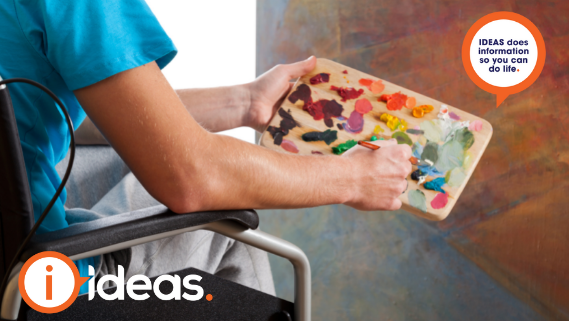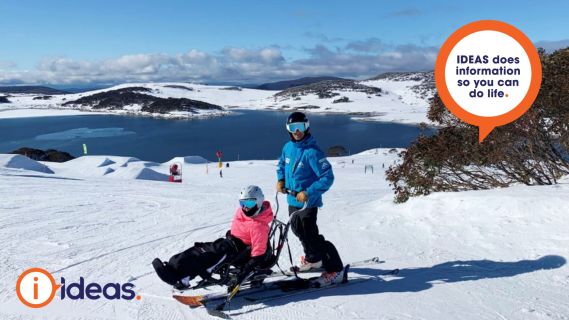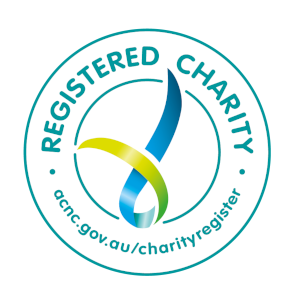Every Australian should be able to actively participate in sport, as much as they wish. This includes all minority groups. For example, those with disabilities and females, not to mention females with disabilities. Although equal and fair access to sport for all is desirable, is it actually a reality? What are the barriers for women with disabilities in sport and how can we address them?
There are so many positives to participating in regular physical activity and sports as a woman. Such as improving your quality of life, increasing independence, and social skills. Participation is desired, but not always as clear cut as it appears to be, especially for Australian women with disability. The Australian Bureau of Statistics states that females with a sight, hearing or speech disability, aged 18 to 24 have the highest participation rate in sport (68%). Females aged 35 to 44 years with a physical disability have a participation rate of 63%. And females aged 18 to 24 years with an intellectual disability had a participation rate of 55%. As you can see there are improvements to be made and differences with each subgroup.
The current sporting and active recreation environment for those with a disability does reflect cultural contexts and those issues faced by those with a disability. Access and participation numbers can be due to a range of reasons, with some subgroups facing bigger challenges and less opportunity for access. So what are the main 4 challenges faced by females with a disability who wish to access sport and recreation?
Barriers for Women with Disabilities in Sport
1. A lack of encouragement combined with a lack of access to information about sporting opportunities. All it takes is one google search to realise how much information is out there regarding women with disabilities and sporting groups. There really isn't a large amount! This makes access to such groups and starting ones sporting journey quite hard. especially for those who reside in smaller towns with much less activity. At the end of the day, no matter how much someone wishes to participate in sport, if they have to jump hoops to find helpful information this might lead to an overall lack of interest.
2. A lack of leisure partners leading to lack of social skills. Sometimes trying something new can be a little daunting, but that can be made easier by bringing a friend? What happens if you and your friends don't share the same interest in sport or recreational time? Perhaps you can't compete in the same competition due to a difference in disabilities? These seemingly simple issues can become big barriers for people who wish to participate in sport for people with disabilities. Scary things become easier when you aren't alone, but some people don't have a choice. This barrier can mean a big percentage of people never gather the courage to try something new.
3. Economical and Structural Differences. There are certain barriers that exist right in the middle of the above barriers- these are structural and situation based! Lack of finance, no access to transportation and lack of time available to some females with disabilities.
4. Lack of accessible design. This is evident in access, and design. Structurally, and with sporting equipment. What is lacking, is the characteristic that products, services, and facilities can be independently used by people with a variety of disabilities.
So, why do we need to address these issues at hand? Why should we encourage and provide information to women with disabilities on their opportunities? It is simple! The benefits are huge.
How do the top 3 benefits compare to the most common barriers? Let's have a look.
Benefits of Participation for Women with Disabilities in Sport
1. A sense of accomplishment and purpose. Having a goal and aiming to improve can have positive impacts on your sense of being. It can lead to a heightened sense of accomplishment and improve mental health outcomes. A large percentage of those who find participation in sport helpful admit that achieving personal physical goals is what keeps them coming back.
2. Movement is important for mental health. By participating in sport, whether that be individual or group-based, people can actively work towards healthier choices, improved social outcomes and increased self-worth. All of these have been proven to have a positive impact on mental health.
3. Allows time away from home to be more independent. Spending more time away from your home or your usual support system i.e. parents or partner may seem daunting at first. It is important to allow yourself time to become independent or increase your level of independence. This can be done with a trusted carer by your side if their presence is essential for your safety or care.
All in all, participation in sport, specifically for Women with disabilities can also promote inclusion and a sense of community. When athletes with and without disabilities participate in sports, it can create a place to encourage and form positive social ties and eliminate preconceived ideas. To see past the barriers and encourage the benefits of participation is a great starting point for communities and individuals looking to participate and encourage participation.












































